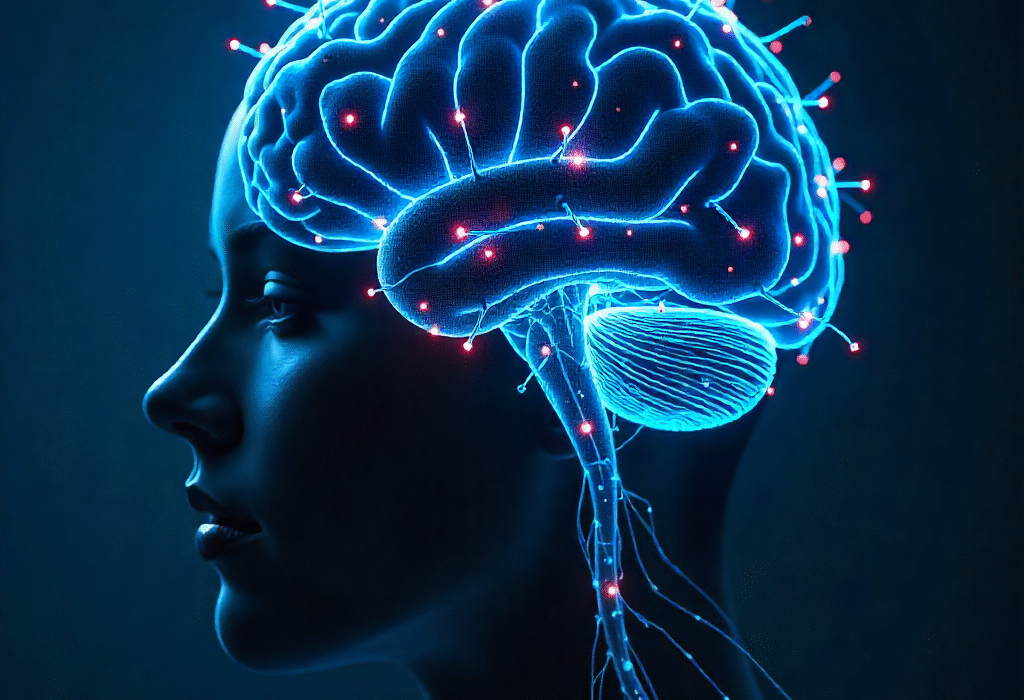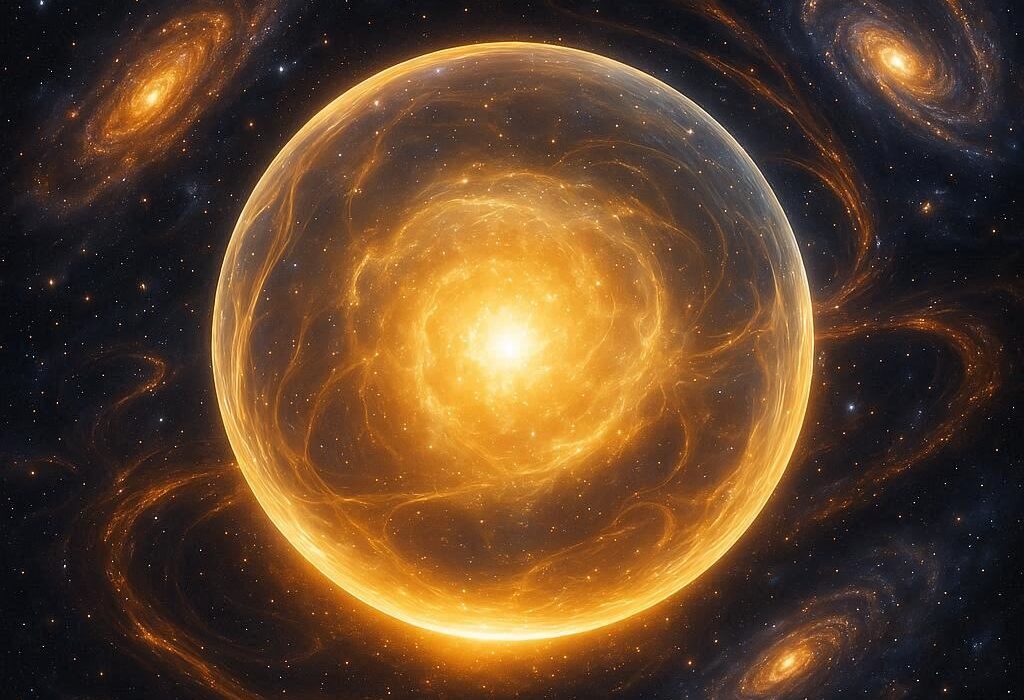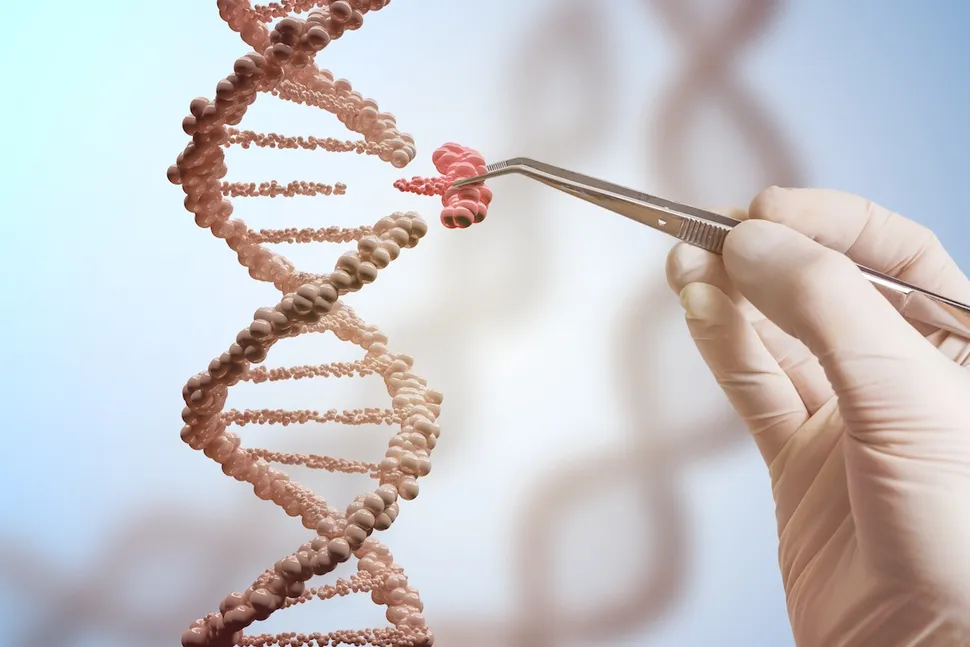Consciousness remains one of the deepest enigmas of human existence. It is the stream of thoughts, feelings, perceptions, and awareness that shapes our experience of life. From the moment we awaken in the morning to the reflections we have at night, consciousness is the lens through which reality is filtered, interpreted, and understood. Yet despite its central role in our lives, science has not fully explained how consciousness arises or whether it could exist independent of the physical body that seems to anchor it.
The question of whether consciousness can exist without a body sits at the intersection of neuroscience, philosophy, and even quantum physics. It challenges our assumptions about the nature of self, identity, and the relationship between mind and matter. Are our thoughts and experiences purely products of neuronal activity, or is consciousness a phenomenon that transcends biological substrates? This inquiry invites a journey through the physical and metaphysical dimensions of existence, probing both the known and the conceivable.
The Brain as the Seat of Consciousness
Modern neuroscience suggests that consciousness is intimately tied to the brain. Complex networks of neurons, neurotransmitters, and electrical signals create patterns of activity that correlate with our thoughts, emotions, and sensory experiences. The cerebral cortex, particularly the prefrontal and parietal regions, is often implicated in higher-order awareness, decision-making, and self-reflection. Damage to specific brain areas can profoundly alter consciousness, as seen in patients with strokes, traumatic brain injuries, or neurodegenerative disorders.
Experiments using functional magnetic resonance imaging (fMRI) and electroencephalography (EEG) reveal that consciousness is dynamic, emerging from the integration of distributed neural activity. The brain does not operate as a single centralized control center but rather as a complex, interacting network, where consciousness appears to arise from the collective behavior of billions of neurons. This perspective, known as the neural correlates of consciousness, frames the brain as both the source and the vessel of experience.
Yet despite these insights, a fundamental question remains: if consciousness is entirely a product of brain activity, could it exist without the brain—or, by extension, without the body itself?
Philosophical Perspectives on Mind-Body Separation
The mind-body problem has haunted thinkers for centuries. René Descartes, the 17th-century French philosopher, famously proposed dualism, the idea that mind and body are distinct entities. According to Cartesian dualism, the mind is a non-physical substance capable of thought and self-awareness, while the body is a physical machine obeying the laws of matter. In this framework, consciousness could theoretically exist independently of the body, though Descartes struggled to explain how the mind and body interact.
Subsequent philosophical traditions have explored variations of this concept. Idealists argue that consciousness is primary and that physical reality may emerge from mental processes, suggesting that the mind could persist without a body. Materialists, by contrast, assert that consciousness is inseparable from physical processes; without the brain, consciousness cannot exist. Between these extremes, panpsychism posits that consciousness is a fundamental property of matter itself, present even at the level of atoms and particles. If this is true, consciousness may not be entirely dependent on the human body but could exist in other forms or contexts.
These philosophical debates are not merely abstract. They influence scientific hypotheses about near-death experiences, meditation, and even the potential for digital consciousness, each of which offers glimpses into the possibility of disembodied awareness.
Near-Death Experiences and the Perception of Disembodiment
Accounts of near-death experiences (NDEs) have fascinated researchers and laypeople alike. Individuals who have approached clinical death often report sensations of floating outside their bodies, observing medical procedures from above, moving through tunnels of light, or encountering deceased relatives. These experiences suggest a form of consciousness that seems detached from the physical body, raising the tantalizing possibility that awareness might not be strictly tied to neural activity.
Scientific interpretations of NDEs remain contested. Some researchers attribute them to neurological phenomena, such as oxygen deprivation, the release of endogenous chemicals like DMT, or abnormal activity in the temporal lobe. Others argue that these experiences point to the survival of consciousness beyond bodily death. While conclusive evidence is lacking, NDEs challenge the assumption that consciousness is entirely corporeal, inviting exploration into alternative models of awareness.
Consciousness and the Quantum Hypothesis
In recent decades, some scientists and philosophers have speculated that consciousness may have a quantum basis. Quantum mechanics, with its counterintuitive principles of superposition and entanglement, allows particles to exist in multiple states simultaneously, influencing one another instantaneously across distances. Some theorists propose that consciousness could emerge from quantum processes within the brain’s microtubules, as suggested in the Orch-OR (Orchestrated Objective Reduction) theory by Roger Penrose and Stuart Hameroff.
If consciousness has a quantum component, it raises the possibility that awareness could exist independently of the classical, physical brain. Quantum information, theoretically, could persist even if the body perishes, hinting at a mechanism for disembodied consciousness. However, this idea remains highly speculative. The brain is a warm, wet, and noisy environment, conditions generally hostile to delicate quantum states. Nonetheless, the intersection of quantum physics and consciousness underscores the limits of our current understanding and the potential for phenomena that defy conventional explanations.
Artificial Intelligence and the Simulation of Consciousness
Another avenue for exploring consciousness without a biological body emerges from the field of artificial intelligence. If consciousness is fundamentally about the integration of information and self-referential processing, as some theorists suggest, it might be instantiated in non-biological systems. Advanced AI could, in principle, replicate the patterns of neural activity associated with awareness, giving rise to a synthetic form of consciousness.
Simulated minds raise profound questions about embodiment. Would an AI, lacking a physical body, experience reality in the same way humans do? Could it develop self-awareness, emotion, or creativity? Some researchers argue that embodiment is crucial, that consciousness is grounded in the sensory and motor interactions of a living organism with its environment. Others suggest that awareness is more abstract, capable of existing in purely informational systems. The question blurs the line between organic life and digital existence, pushing the boundaries of how we define mind and being.
The Role of Memory and Identity
Consciousness is not merely raw awareness; it is also the accumulation of memory, personal identity, and narrative continuity. Even if disembodied consciousness were possible, would it retain the qualities that make us uniquely human? Memory is deeply rooted in the brain’s physical structures, particularly the hippocampus and neocortex. Damage to these areas can erase years of experience, disrupting personality and self-perception.
If consciousness were separated from the body, the persistence of memory would be a critical challenge. Would disembodied awareness be a blank slate, or could it carry the imprint of a life once lived? Some spiritual and philosophical traditions posit that memory and identity can exist independently of the physical brain, but empirical support is scarce. This tension between personal continuity and bodily dependency illustrates the profound difficulty of imagining consciousness in isolation.
Mystical and Spiritual Perspectives
Across cultures and centuries, humans have speculated about the survival of consciousness beyond the body. Eastern philosophies, such as Vedanta and Buddhism, propose that the self is an illusion, a temporary aggregation of thoughts and sensations, and that pure consciousness transcends physical form. Mystical experiences often describe a sense of unity with the cosmos, where the distinction between self and body dissolves.
Western religious traditions similarly suggest the existence of a soul, an enduring essence that survives death. While these accounts cannot be tested scientifically, they resonate with the intuition that consciousness may not be reducible to neurons alone. The prevalence of such beliefs across diverse cultures hints at a deep human fascination with disembodied awareness and the possibility of life beyond the physical form.
Constraints and Skepticism
Despite these intriguing possibilities, rigorous science remains skeptical. The overwhelming evidence from neuroscience points to consciousness as an emergent property of the brain. Every known alteration in neural activity—whether through injury, pharmacology, or disease—has corresponding changes in awareness. Consciousness appears to be inextricably linked to the biological and chemical operations of the body.
Skeptics argue that reports of disembodied experiences, such as NDEs, may be explained by brain mechanisms rather than evidence of consciousness existing independently. Similarly, claims about quantum consciousness or AI awareness often stretch beyond empirical support, venturing into speculative territory. From this perspective, while the imagination can explore disembodied consciousness, the scientific method demands evidence grounded in measurable phenomena.
Towards a New Understanding
The question of whether consciousness can exist without a body forces us to confront the limits of human knowledge. It challenges assumptions about reality, identity, and the relationship between mind and matter. Emerging research in neuroscience, quantum theory, and artificial intelligence continues to probe the boundaries of awareness, while philosophical and spiritual traditions offer alternative ways of conceptualizing mind and self.
Some scientists suggest that consciousness may be a fundamental feature of the universe, like space, time, or energy—a property that does not strictly depend on the biological machinery of the brain. Others propose that it may be a complex emergent pattern, tied to the intricate interactions of matter and energy but potentially transferable to other substrates. Each possibility reshapes our understanding of what it means to be alive, to perceive, and to exist.
Conclusion: The Eternal Question
Could consciousness exist without a body? The answer remains elusive, hovering between scientific evidence and philosophical speculation. Neuroscience teaches us that awareness is deeply embodied, dependent on the brain’s structures and functions. Yet near-death experiences, mystical traditions, and quantum hypotheses hint at possibilities that transcend the physical form.
Ultimately, the question is as much about imagination and wonder as it is about empirical fact. It invites us to explore not only the mechanics of the mind but also the profound mystery of being itself. Consciousness may be inseparable from the body, or it may be a spark that endures beyond material constraints, flickering in dimensions we have yet to understand. In seeking this answer, we confront the heart of existence, where science, philosophy, and human curiosity converge, reminding us that the universe is far more mysterious and awe-inspiring than we can fully comprehend.






